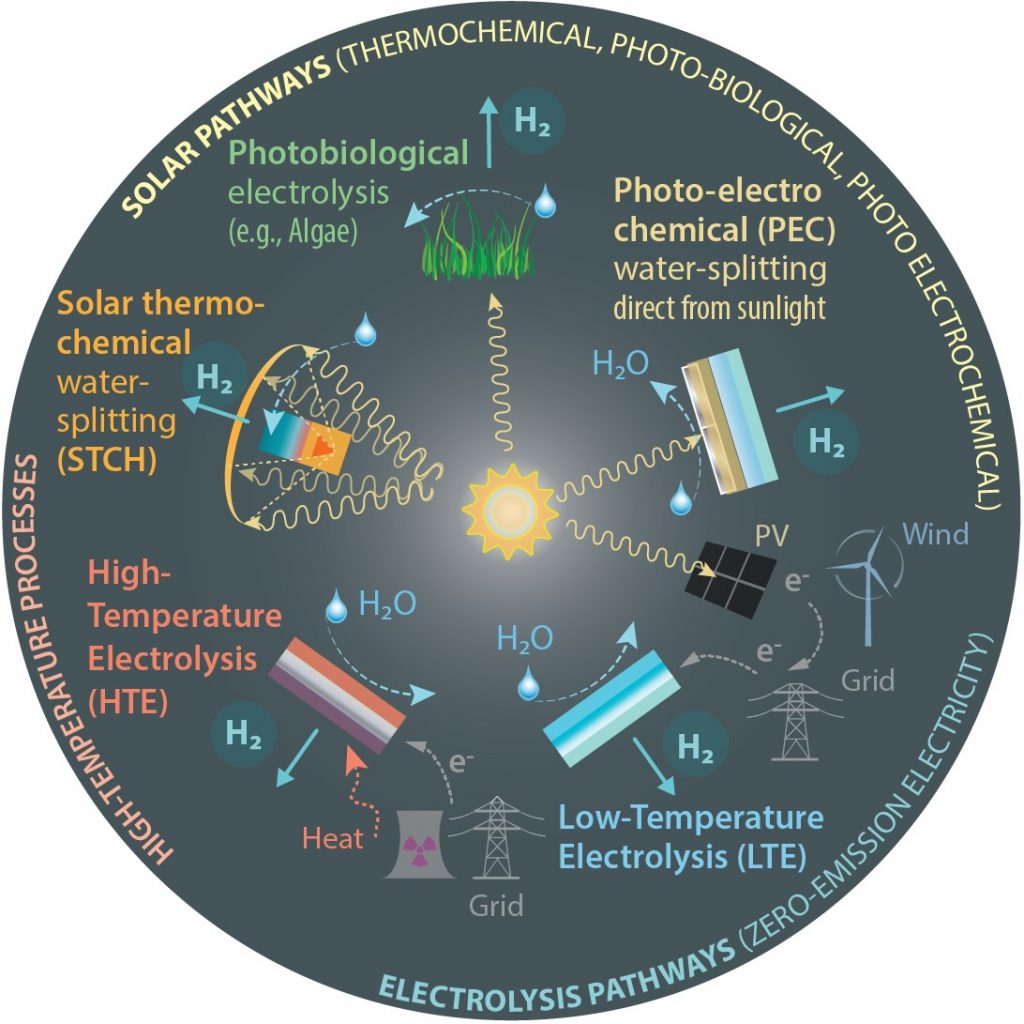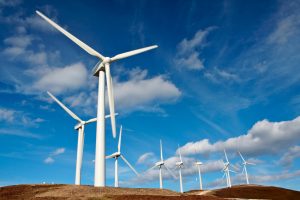 The Journal of The Electrochemical Society, in collaboration with Electrochemical Safety Research Institute (ESRI), UL Research Institutes, is publishing a focus issue titled Journey of Lithium-Ion: Performance, Safety, and Lifespan. The Electrochemical Safety Research Institute (ESRI)—one of five UL Research Institutes—conducts fundamental scientific research to understand the safety and performance of energy technologies.
The Journal of The Electrochemical Society, in collaboration with Electrochemical Safety Research Institute (ESRI), UL Research Institutes, is publishing a focus issue titled Journey of Lithium-Ion: Performance, Safety, and Lifespan. The Electrochemical Safety Research Institute (ESRI)—one of five UL Research Institutes—conducts fundamental scientific research to understand the safety and performance of energy technologies.
In recent years, renewable energy technologies have emerged as one of the highest priority solutions to climate change. But they also present very real risks; for example, key chemicals inside lithium-ion batteries pose life-threatening harm if they aren’t manufactured, stored, and recycled correctly. Our scientists explore the safety and performance limits of storage batteries and other renewable energy technologies and investigate how we can overcome those limits safely. Through our discovery-driven research, we innovate, test, model, and lay the foundation for electrochemical energy storage that is reliable and safe. (more…)







 Researchers have proposed three different methods for providing consistent power in 139 countries using 100 percent renewable energy.
Researchers have proposed three different methods for providing consistent power in 139 countries using 100 percent renewable energy.